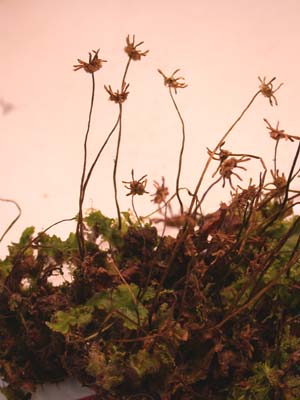


LAB #12 - Marchantia polymorpha
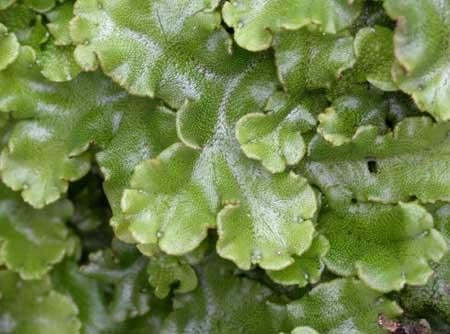
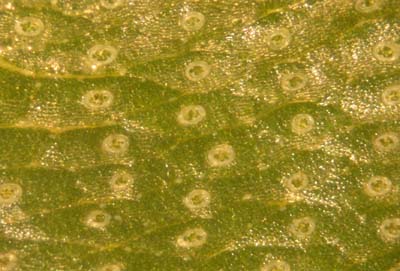 Surface View:
Surface View:
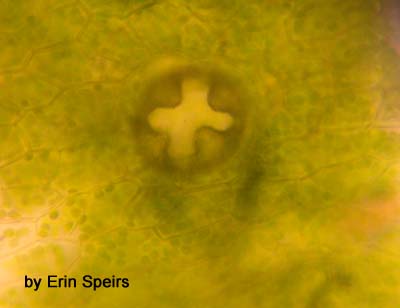 A closer look at a pore.
A closer look at a pore.
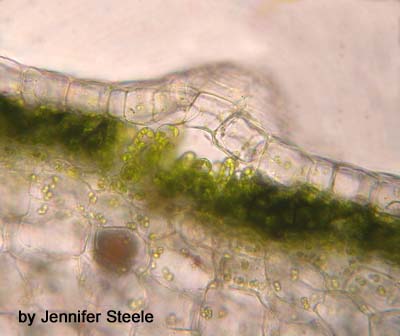
This shows you what the bottom surface of the thallus looks like. Note a scale indicated with an arrow.
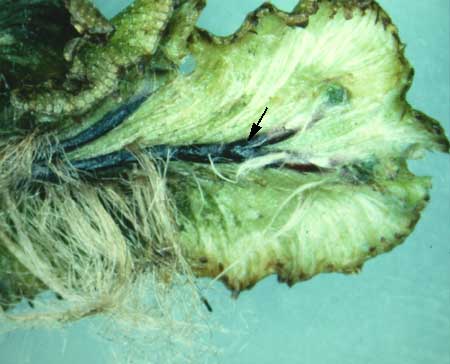
Thallus cross-section:
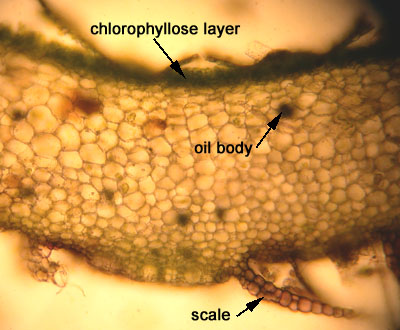
Cross-section through the lower side of the thallus showing a section through a scale and rhizoids in cross-section.

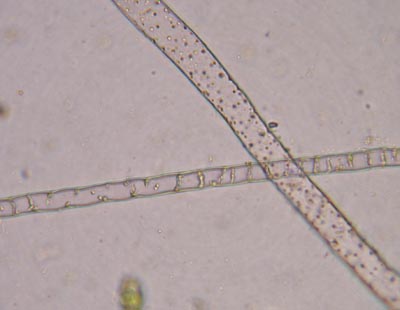 Rhizoids:
Rhizoids:
REPRODUCTIVE STRUCTURES:
Gemmae (Asexual Reproduction):
You can see the gemma cups (indicated with an arrow). These cups produce numerous small structures called gemmae which can grow into whole new plants.
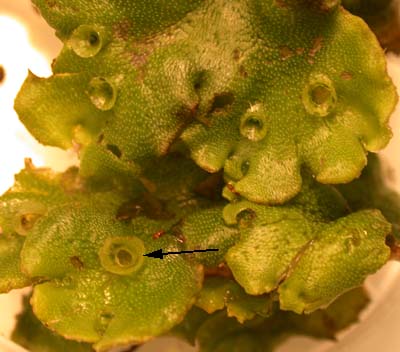
 Close-up of a gemma cup.
Close-up of a gemma cup.
This is a longitudinal section through a gemma cup (arrows point to gemmae).
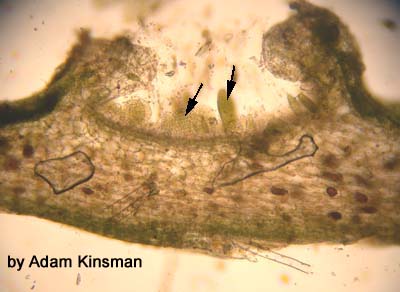
The two black arrows on the picture of gemma below indicate the growing points, from which new thalli will grow.
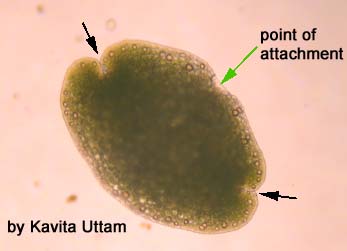
Antheridiophore:
Note the antheridiophore indicated with the pink arrow.

Thisis a look at the top of the antheridial disk.
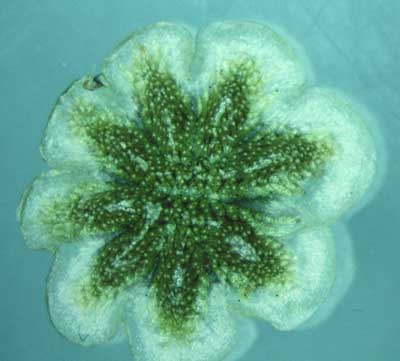
This is a picture of the longitudinal section through an antheridiophore.
The antheridia are immersed in the disk (top part).
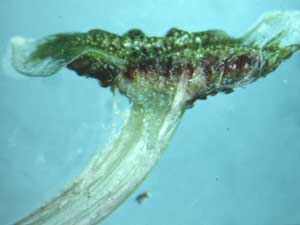
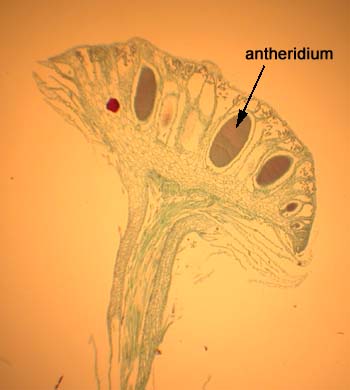
Here is close-up of antheridia in a preparedslide.

 Sperm!
Sperm!
Archegoniophore:
This is a young archegoniophore.

The longitudinal section through the top of the archegoniophore shows the archegonia (A), each with an egg or zygote within.
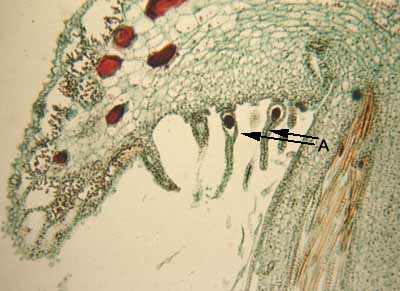
The zygote develops into a sporophyte. Here is a young sporophyte:
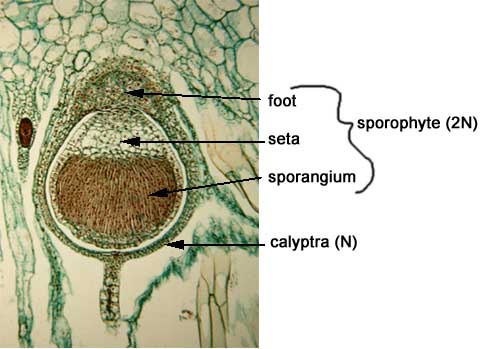
This longitudinal lection shows the sporophytes hanging down.

Here is what the archegoniophore look like after the spores have been released.
